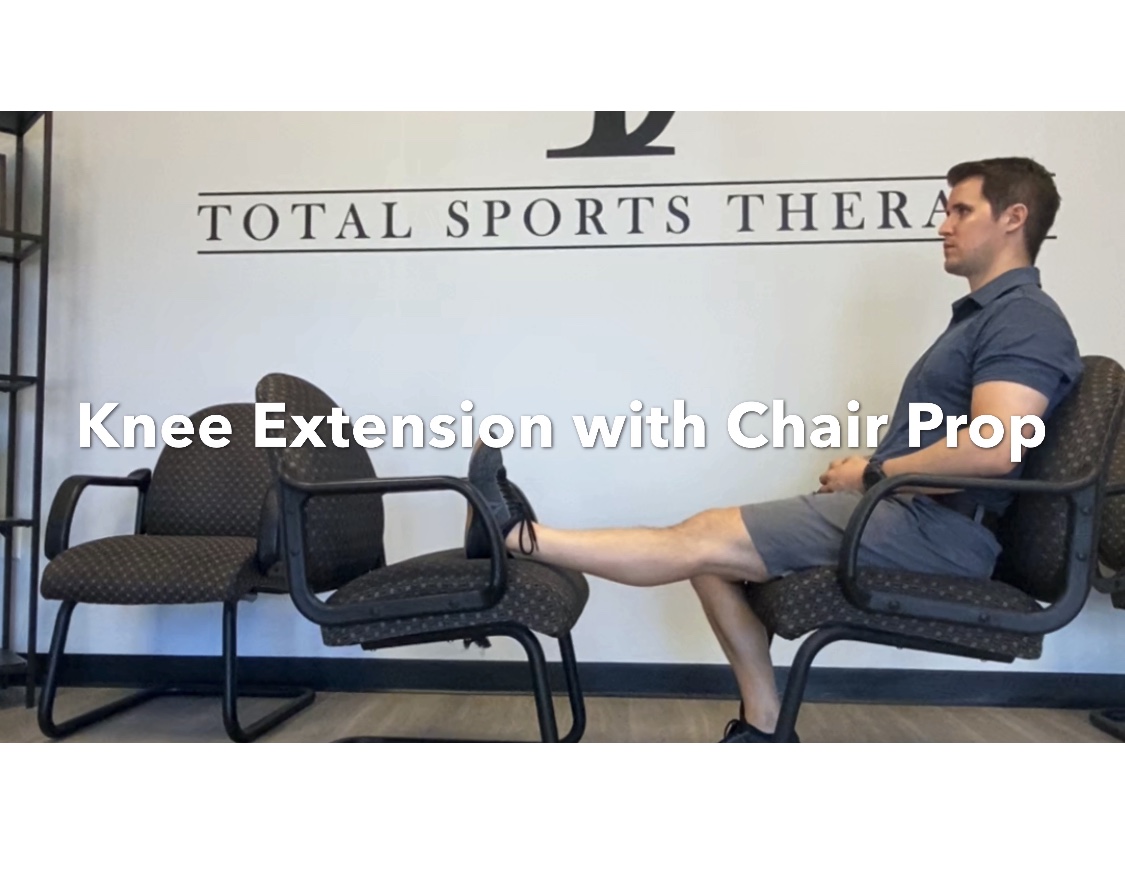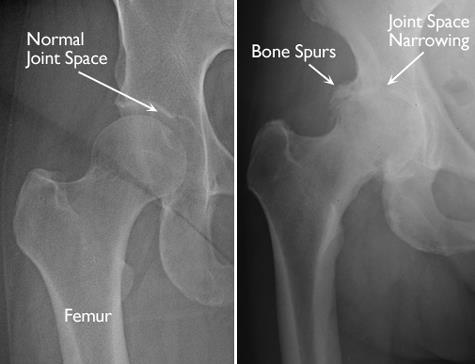3-Way Sciatic Nerve Glide
Have you experienced pain in the low back that travels into the buttock and back of the thigh? If so, you could be dealing with irritation to the sciatic nerve commonly referred to as sciatica. The sciatic nerve is the largest peripheral nerve in the body. Several lumbar and sacral nerve roots exit out each side of the spine and ultimately join together to form the sciatic nerve. With that in mind, there are several areas along its path where the sciatic nerve can become irritated causing this pain that radiates down the back of the thigh.
For recovery and good health, nerves require three main things:
- Blood Flow
- Space
- Movement
A great way to target all three components are nerve glides. The key to these are going to the point of discomfort but not necessarily pushing through it. The goal is for the nerve to gradually desensitize so might notice over time you are able to progress them a bit further before stepping into discomfort. Here we highlight a simple sciatic mobility drill that progresses in intensity throughout. We typically like to prescribe 10 repetitions for each movement, and these can be repeated several times per day. Feel free to give these a try and let us know what you think.




